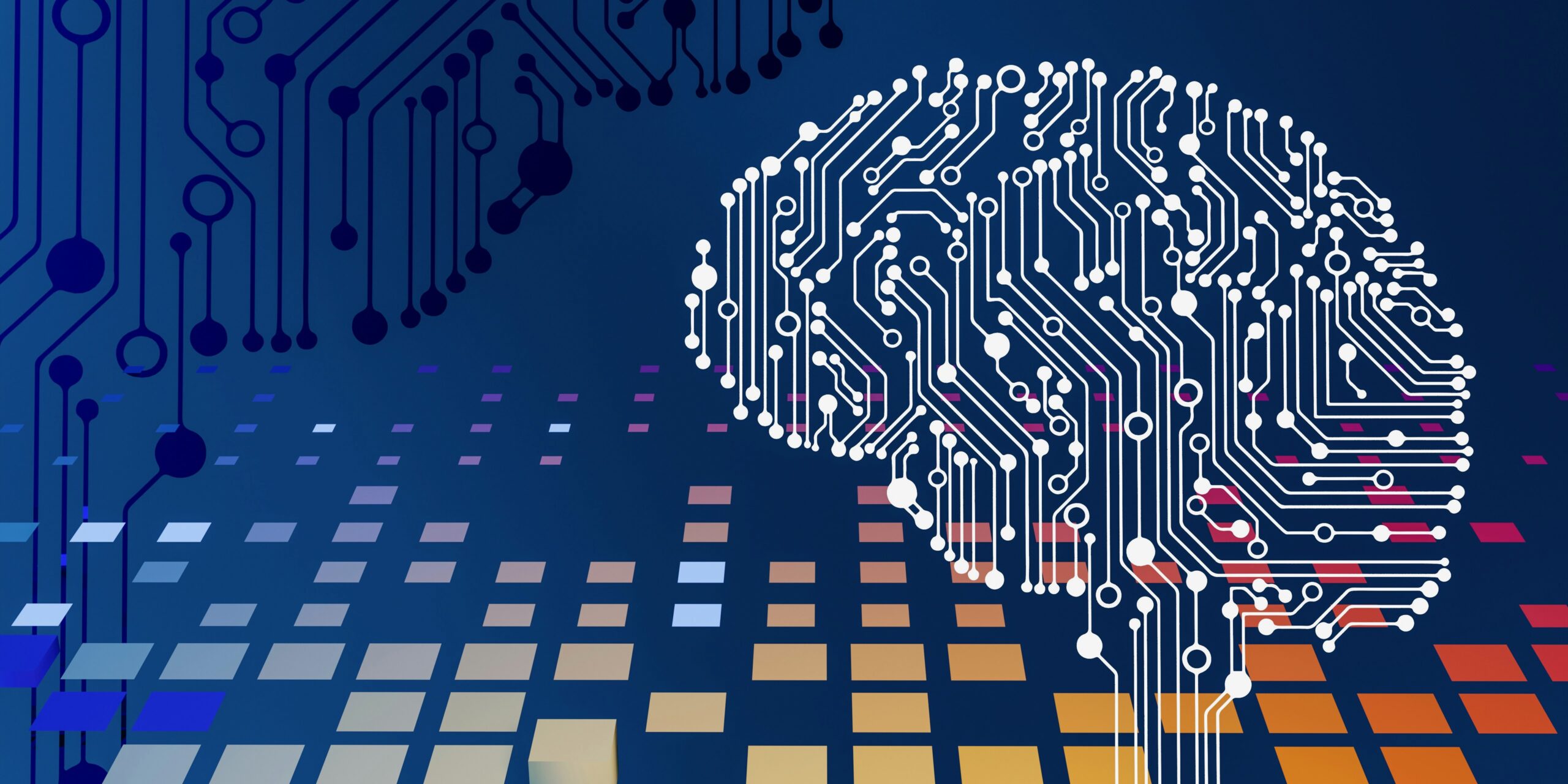Imagine if you could accurately measure the effectiveness of your company’s learning and development (L&D) programs, not just at the end of training, but at every stage of the learning process. What if you could optimize these programs to ensure that your employees are constantly growing and improving, contributing to the overall success of your organization? This might sound like a dream, but it’s entirely possible by implementing a comprehensive approach to learning analytics, focusing on before, during, and after ongoing learning.
Let’s dive into the three key stages of learning measurement and discuss why it’s crucial to have a well-rounded approach to evaluating your L&D programs.
Before Learning: Setting the Stage for Success
Before any learning takes place, it’s essential to set clear learning objectives and define the desired outcomes of the training program. During this stage, L&D professionals should conduct a thorough needs analysis to identify skill gaps, establish a baseline for measurement, and set achievable goals.
As one L&D professional put it, “You can’t measure what you don’t set out to achieve.” By outlining specific, measurable, achievable, relevant, and time-bound (SMART) objectives, you lay a solid foundation for effective learning measurement.
During Learning: Tracking Progress and Adjusting as Needed
Learning doesn’t just happen at the beginning or end of a program; it’s an ongoing process. As such, it’s crucial to track progress and analyze data throughout the learning experience. This allows L&D professionals to make real-time adjustments, ensuring that the training remains engaging, relevant, and effective.
For example, imagine an L&D professional who noticed that learners were struggling to grasp a particular concept. By identifying the issue early on, they could intervene and provide additional resources or support, ultimately improving the overall effectiveness of the learning program.
After Learning: Evaluating Impact and Identifying Areas for Improvement
Once a training program has concluded, it’s essential to evaluate its impact on the learners and the organization as a whole. This can be done through various methods, such as surveys, feedback sessions, or analyzing key performance indicators (KPIs) tied to the learning objectives.
“The true measure of success isn’t just whether an employee completes a training program, but whether they can apply what they’ve learned to their job,” said one L&D professional. By thoroughly analyzing the impact of the training, organizations can identify areas for improvement, refine their L&D programs, and better support their employees’ ongoing learning journey.
Learnexus: Your Partner in Effective Learning & Development
At Learnexus, we understand the importance of a comprehensive approach to learning measurement. As a freelancer marketplace for L&D professionals, we help managers at companies quickly and easily find and hire freelancers with highly specific skills and experience in learning analytics, instructional design, and more. Our platform offers a 47% cost saving while saving managers time and eliminating procurement issues with a single master services agreement.
With Learnexus, you can ensure that your organization’s learning and development programs are thoroughly measured, optimized, and effective at every stage of the learning journey. Start leveraging the power of comprehensive learning analytics today and unlock your organization’s full potential.




